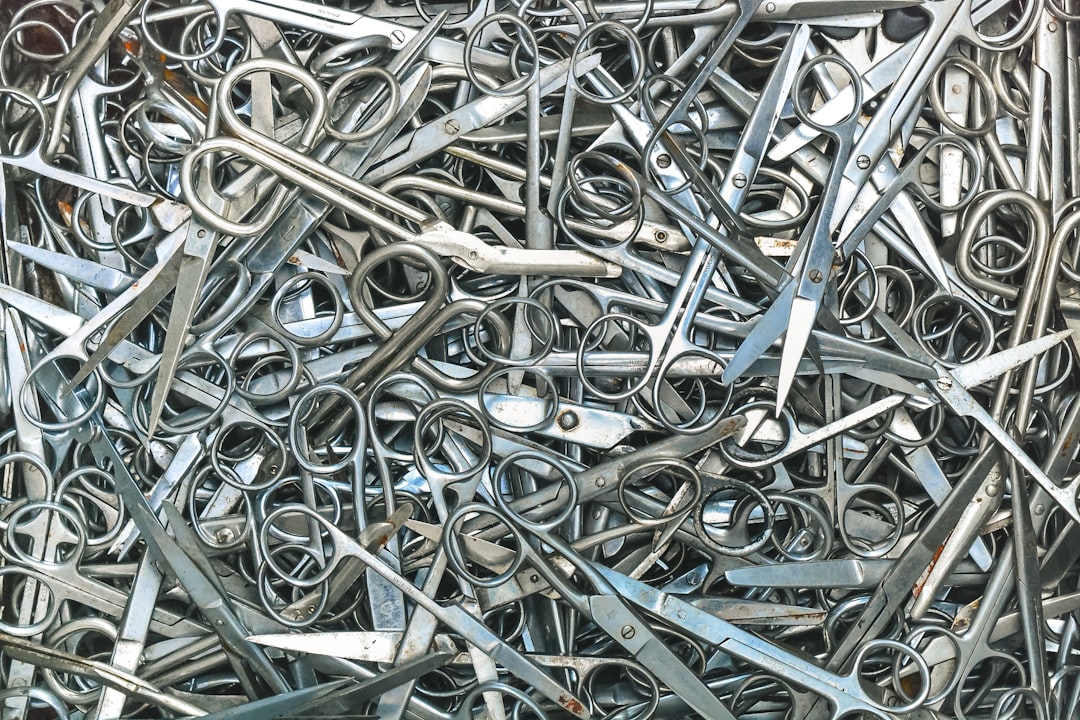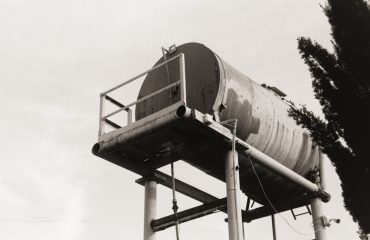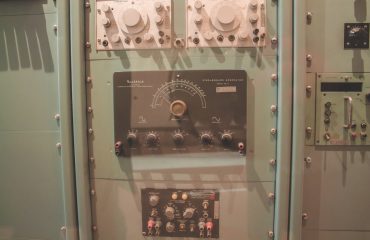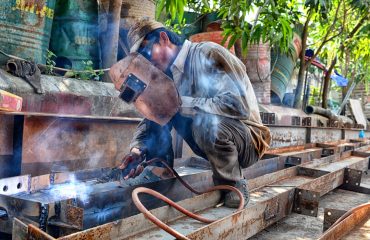The world runs on steel. From the intricate gears in your car to the robust framework of skyscrapers, steel components are the backbone of countless industries. Original Equipment Manufacturers (OEMs) rely heavily on the consistent supply of high-quality steel components, demanding precision, durability, and cost-effectiveness. This post delves into the multifaceted world of OEM steel component production, exploring the key processes, challenges, and future trends shaping this vital sector.
1. The Steel Selection Process: Choosing the Right Material for the Job
The journey of an OEM steel component begins with material selection. This crucial step dictates the final product’s performance characteristics, including strength, ductility, weldability, and corrosion resistance. OEMs work closely with steel suppliers to specify the exact grade of steel needed based on the application. Common steel grades used include low-carbon steel, medium-carbon steel, high-carbon steel, alloy steels, and stainless steels. Each grade offers a unique balance of properties. For instance, low-carbon steel is readily formable but may lack the strength of high-carbon steel, which is ideal for high-stress applications. The selection process considers factors like:
- Intended application and required performance: Will the component withstand high loads, extreme temperatures, or corrosive environments?
- Cost considerations: Balancing performance requirements with economic viability is crucial.
- Manufacturing process compatibility: The chosen steel grade must be suitable for the chosen manufacturing techniques (e.g., forging, casting, machining).
- Availability and supply chain reliability: Ensuring a consistent supply of the chosen steel grade is paramount for continuous production.
2. Manufacturing Processes: From Raw Material to Finished Component
Once the steel grade is selected, the manufacturing process begins. Several methods are employed, each offering advantages and disadvantages depending on the component’s design and required tolerances. Common processes include:
- Forging: This process involves shaping the steel using compressive forces, resulting in high strength and integrity. Forging can be hot or cold, depending on the steel grade and desired properties.
- Casting: Molten steel is poured into a mold, allowing for complex shapes. Casting is cost-effective for high-volume production but may require further machining to achieve precise dimensions.
- Machining: This subtractive process uses tools to remove material from a pre-shaped steel blank, achieving high precision and surface finish. Machining is suitable for smaller batches and complex geometries.
- Rolling: Used for producing long lengths of steel with consistent cross-sections, often used as a precursor to other processes.
- Powder Metallurgy: Steel powder is compacted and sintered to form the component, offering excellent control over material properties and the ability to create intricate shapes.
3. Quality Control and Assurance: Ensuring Consistent Excellence
Maintaining consistent quality is paramount in OEM steel component production. Rigorous quality control measures are implemented throughout the entire process, from raw material inspection to final product testing. These measures ensure that the components meet the required specifications and perform reliably in their intended application. Common quality control techniques include:
- Dimensional inspection: Verifying that the component dimensions are within the specified tolerances using various measuring tools.
- Material testing: Assessing the mechanical properties of the steel, such as tensile strength, yield strength, and hardness.
- Non-destructive testing (NDT): Identifying internal flaws or defects without damaging the component, using methods such as ultrasonic testing, radiography, and magnetic particle inspection.
- Surface finish inspection: Evaluating the surface quality for defects like scratches, pitting, or roughness.
- Statistical process control (SPC): Monitoring the manufacturing process to identify and correct variations that could lead to defects.
4. The Supply Chain and Logistics: A Seamless Flow of Materials
Efficient supply chain management is critical for successful OEM steel component production. OEMs must establish reliable relationships with steel suppliers, ensuring a consistent supply of high-quality materials. Logistics plays a crucial role in transporting materials efficiently to the manufacturing facility and delivering finished components to customers on time. Effective supply chain management involves:
- Supplier selection and relationship management: Choosing reputable suppliers who meet quality and delivery requirements.
- Inventory management: Optimizing inventory levels to minimize storage costs while ensuring sufficient material availability.
- Transportation and logistics: Efficiently transporting materials and finished components using appropriate modes of transportation.
- Risk management: Identifying and mitigating potential risks in the supply chain, such as material shortages or transportation delays.
- Traceability: Maintaining detailed records of the origin and processing of materials to ensure accountability and quality tracking.
5. Future Trends in OEM Steel Component Production: Innovation and Sustainability
The future of OEM steel component production is shaped by several key trends. Innovation in materials science is leading to the development of advanced high-strength steels with improved properties. Additive manufacturing (3D printing) is gaining traction, offering the potential to create complex shapes with minimal material waste. Sustainability is also a growing concern, driving the adoption of more environmentally friendly manufacturing processes and the use of recycled steel.
- Advanced high-strength steels: Offering improved strength-to-weight ratios, leading to lighter and more efficient components.
- Additive manufacturing: Enabling the production of complex geometries and customized components.
- Sustainable manufacturing practices: Reducing energy consumption, waste generation, and environmental impact.
- Digitalization and automation: Improving efficiency and precision through automation and data-driven decision-making.
- Focus on lightweighting: Reducing the weight of components to improve fuel efficiency and reduce emissions.
In conclusion, OEM steel component production is a complex and dynamic process requiring meticulous attention to detail at every stage. From material selection to final delivery, quality, efficiency, and sustainability are paramount. The future of this vital industry promises continued innovation and advancement, driving further improvements in performance, cost-effectiveness, and environmental responsibility.
SEO Tags: OEM steel components, steel component manufacturing, steel production, automotive steel parts, industrial steel components




